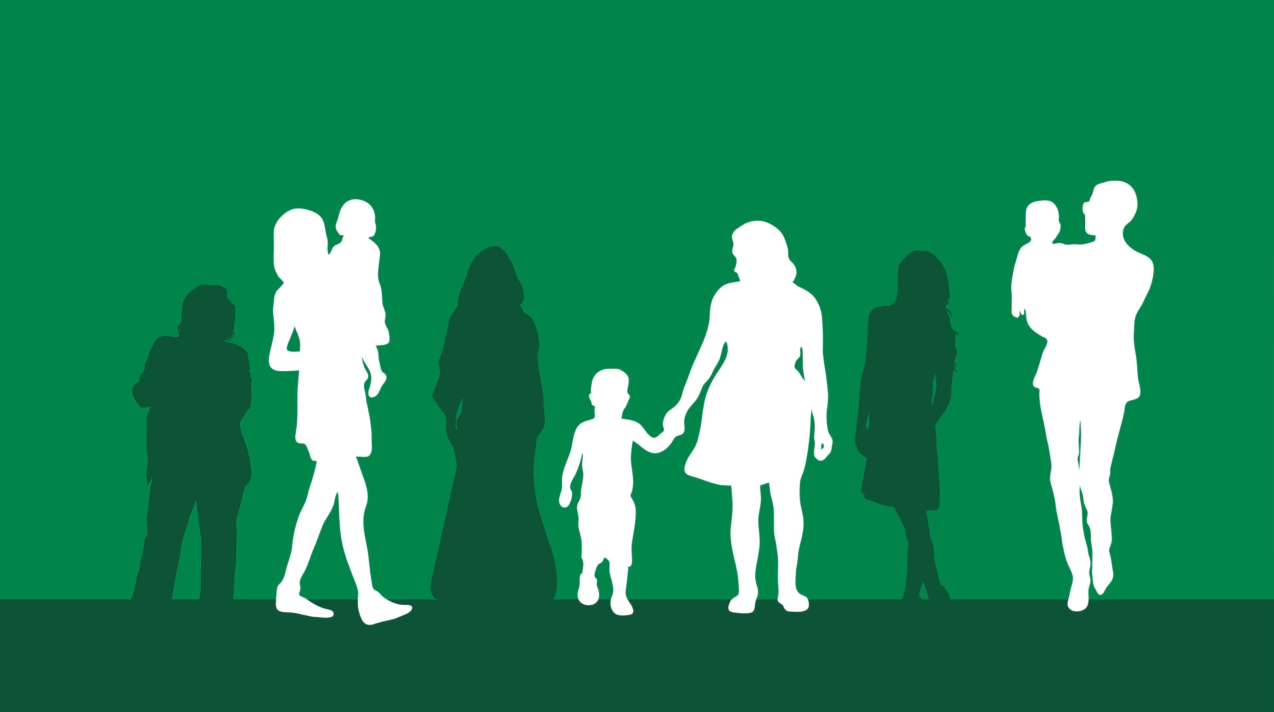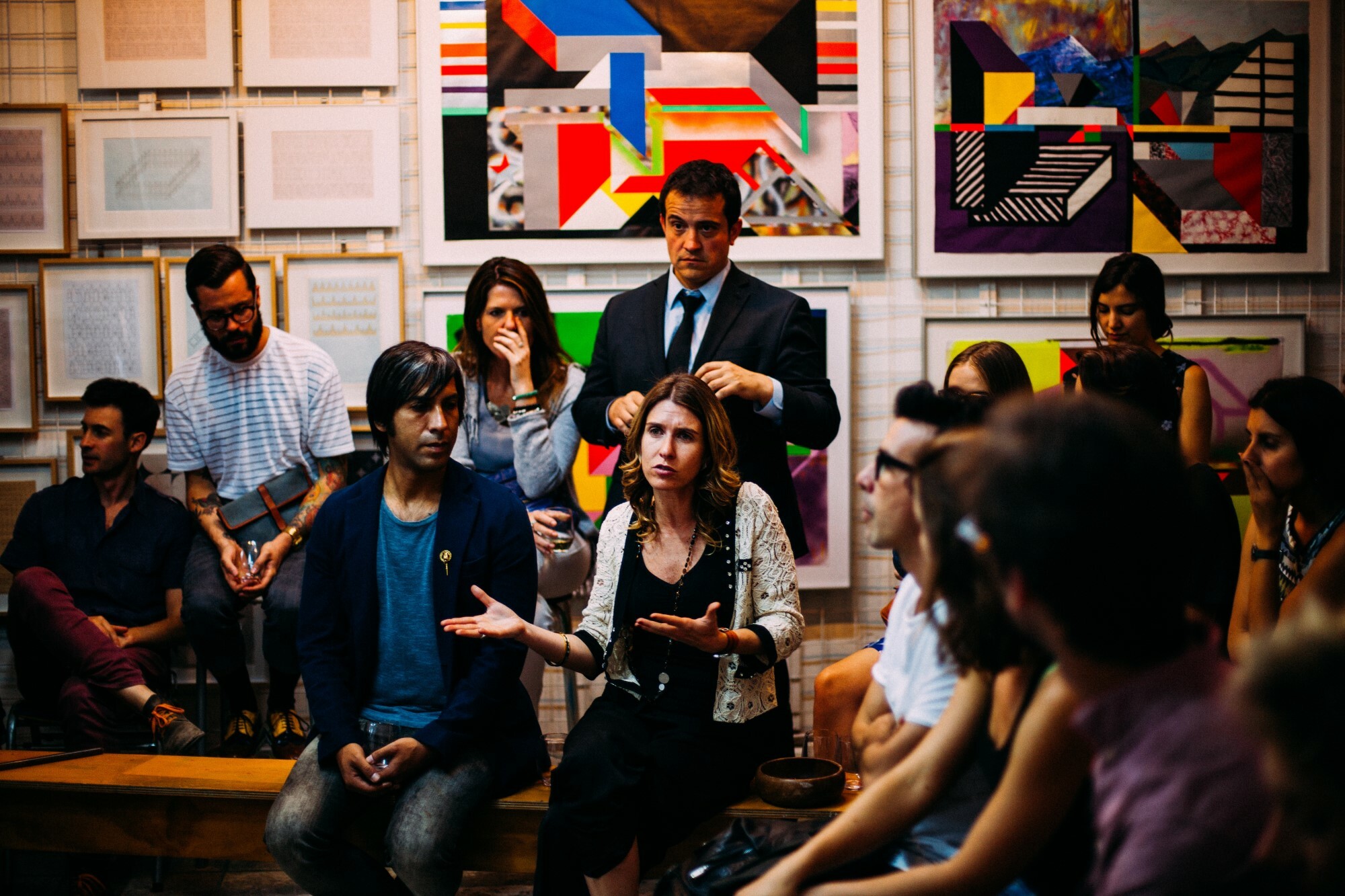Australian and international research and experience tells us that gender inequality is at the core of the problem.
Gender inequality is where women and men do not have equal social status, power, resources or opportunities, and their voices, ideas and work are not valued equally by society. Gender inequality provides the underlying conditions for violence against women.
Australia’s national framework for preventing violence against women and their children Change the story outlines the four gendered drivers that consistently predict higher rates of violence against women.
The four gendered drivers are:
1. Condoning of violence against women
For example, attitudes and social norms that minimise, excuse, victim-blame or justify violence against women.
2. Men’s control of decision-making and limits to women’s independence in public and private life
For example, ideas suggesting men naturally make better leaders, or that men should be the ‘head of the household’ and women should care for children.
3. Rigid gender stereotyping and dominant forms of masculinity
For example, the idea that men should like and do ‘masculine’ things, and that women should like and do ‘feminine’ things – and that men and women must play different roles in society.
4. Male peer relations and cultures of masculinity that emphasise aggression, dominance and control
For example, some men feeling that they need to put women down in order to prove themselves amongst their peers.
Other forms of inequality
Gender inequality is always influential as a driver of violence against women, but is not experienced in the same way by every woman. Other forms of discrimination and oppression can affect how gender inequality is expressed.
The way that other forms of inequality intersect with gender inequality helps explain the greater prevalence, severity and unique types of violence that some women experience.
Violence against women is preventable
Together, we can change the story...

[Man's voice narrating]
This is the story of a boy, and a girl. It's a universal story. And an Australian story.
It's a story that occurs every two minutes, in fact.
A story that happens 657 times a day, every day of the year.
And in every kind of household, and every city and region across Australia.
This is the bigger story behind violence against women.
This story doesn't have a happy ending.
Because this is the story of how gender inequality contributes to the murder of one Australian woman almost every week.
Sounds like a tall tale, right? Let's take things back to the start.
Here's the story of a regular woman.
As a girl, she gets told how pretty she is, never how clever she is.
That if she wears a short dress she's asking for it.
She grows up, and gets used to being harassed by men on the street. That's just the way it is.
Here's the story of a regular man.
As a boy, he learns that women aren't equal to men from a very early age.
Even though both his parents work, on the weekends his mum does the housework while dad watches sport.
When he cries about being bullied at school, his dad tells him to 'stop being such a girl' and just 'punch 'em right back.'
Technically speaking, we'd say that these social norms, practices and structures have shaped both the boy and the girl, creating a society where women are valued less and men are expected to be dominant and in control.
In such a world, disrespect and hostility is excused, and violence against women is far more likely.
But back to our story.
The girl grows up into a woman, the boy grows into a man, and they begin to date.
He jokes that he hopes she "doesn't get fat now that we're together." She's not sure whether she should laugh.
They have the same education and do similar work, yet he earns more money.
He is quickly promoted, like other men in the company, while she gets overlooked.
At home, she does all the household chores, and he takes control of their joint finances, seeing as he's the main breadwinner and all.
When they're at the pub, he puts her down in front of his mates. His friends stay quiet.
In the morning he wakes up and blames the alcohol. And stress. He always has an excuse.
When she gets pregnant, her boss says she can't come back part-time.
After the baby is born, the lack of flexible job opportunities and childcare keeps her out of the workforce.
She is socially isolated and financially dependent on him.
He controls decision making, and her. They are not equals. She is dependent on him for everything.
So she never tells anyone that he has started to hit her.
She doesn't say anything to her family or friends.
She grows more isolated. She has nothing else but him, so she lives with the violence, until their story ends, one way or another.
This story isn't a one-off. It's a story shared by 1 in 4 Australian women who have experienced physical or sexual violence from a current or former partner.
And it's a story of one in five women since the age of 15 who experience sexual violence including rape, one in four emotional violence and one in three women physical violence.
But it's also a story that affects children.
More than half of the women who experience violence had children in their care when the violence occurred.
For victims and perpetrators, violence against women is the conclusion often reached after a life lived in a society where women and men aren't treated equally.
But we - you and I - can change the narrative.
Better education, policies, practices, support and funding can prevent this all-too-common story.
When women and men have equal power, value and opportunities in relationships and in society, violence against women is less likely.
By nurturing caring, respectful and equal relationships, and by creating equitable and inclusive communities, workplaces and institutions, we can create a society of equality and respect where violence against women is unthinkable.
Let's change the story. Because ending violence against women starts with gender equality.
By creating an Australia that respects, values, and treats women as equals in public and private life, we can see an end to violence against women.
How do we prevent violence against women?
Change the story identifies four essential actions that need to be progressed across the nation, in the places where people live, work and play:
- Challenge condoning of violence against women.
- Promote women’s independence and decision-making in public life and relationships.
- Foster positive personal identities and challenge gender stereotypes and roles.
- Strengthen positive, equal and respectful relations between and among women and men, girls and boys.
We all have a role to play to progress these actions – governments, schools and organisations, communities, adults and young people.
The messages of gender equality and respect need to be echoed and reinforced by all of us.
With coordinated and evidence-informed effort across Australia we can change the structures, norms and practices that drive violence against women.
Fortunately, there is already lots of great prevention work underway across diverse settings and locations and led by a large range of stakeholders.
This includes:
- Implementing initiatives to improve workplace cultures and promote gender equality
- Delivering whole-of-school respectful relationships education
- Improving the quality of media reporting of violence against women
- Supporting sporting organisations to model respect and equality.
Together, we can reinforce and strengthen the impact of these efforts.
For guidance on what you can do, read Working with young people to prevent violence against women.





